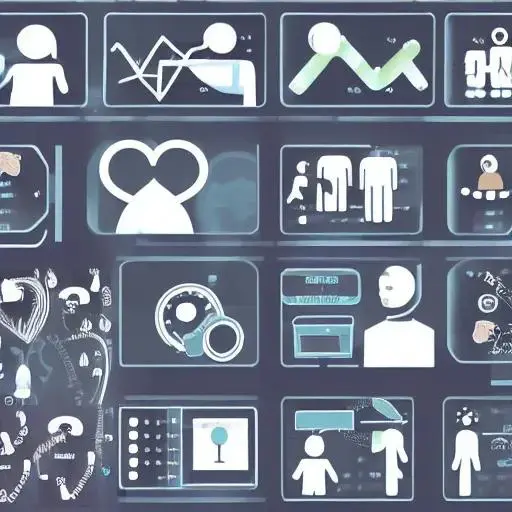A model that has been developed by research led by Carnegie Mellon University can properly forecast how the mental health of patients with chronic neurological conditions like multiple sclerosis will be affected by stay-at-home orders like those implemented during the COVID-19 epidemic.
Before and during the first wave of the epidemic, researchers from CMU, the University of Pittsburgh, and the University of Washington collected information from MS patients’ smartphones and fitness trackers. They developed machine learning models using the passively acquired sensor data to forecast despair, fatigue, poor sleep quality, and worsening MS symptoms, Specifically during the record stay-at-home time.
The initial research topic concerned whether digital information from MS patients’ smartphones and activity trackers could forecast clinical consequences before the pandemic started. When research participants were told they had to stay at home starting in March 2020, their daily behaviour patterns underwent a substantial change. The research team understood that the information being gathered could help determine how the stay-at-home orders would affect MS patients.
It gave us an interesting opportunity, according to Mayank Goel, director of the CMU Smart Sensing for Humans (SMASH) Lab. If we examine the data points before and after the stay-at-home time, may we find markers that suggest changes in the health of MS patients?
Over the course of three to six months, the researchers gathered data passively, including details such as the volume and length of calls made and received on the participants’ smartphones, the number of missed calls, as well as information on their whereabouts and screen usage. The researchers also acquired data on heart rate, sleep, and step count from their fitness trackers.
The study was been released in the Journal of Medical Internet Research Mental Health and is titled “Predicting Multiple Sclerosis Outcomes During the COVID-19 Stay-at-Home Period: Observational Study Using Passively Sensed Behaviors and Digital Phenotyping.”
The work was built on earlier research from the research groups of Goel(an associate professor in the School of Computer Science’s Software and Societal Systems Department (S3D) and Human-Computer Interaction Institute) and Dey(a professor and dean of the University of Washington’s Information School). Using data from smartphones and activity trackers, a CMU team published research in 2020 that described a machine learning model that may detect depression in college students at the end of the semester. When compared to the greater population outside the university, the participants in the earlier study, notably the 138 first-year CMU students, were fairly similar to one another.
The researchers worked with Xia’s MS research programme because they wanted to see if their modelling approach could correctly predict clinically important health outcomes in a real-world patient group with more demographic and clinical diversity.
The researchers had the opportunity to investigate if its model might predict negative health outcomes like extreme fatigue, poor sleep quality, and increasing MS symptoms in addition to depression because people with MS can experience a number of chronic diseases. Using the findings of this study as a foundation, the team aims to develop precision medicine for MS patients by enhancing early disease progression detection and applying digital phenotyping-based focused therapies.
The research may also assist decision-makers entrusted with giving future orders to stay at home or other similar measures in the event of pandemics or natural disasters. Early worries about the economic effects of the original COVID-19 stay-at-home orders predominated, and the cost to people’s mental and physical health—particularly among vulnerable populations such those with chronic neurological conditions—was only later realised.
When people are required to stay at home for extended periods of time, their behaviours change, and clinical results can be correctly predicted, Goel added. Now that we have a functional model, we may assess who is at risk for poor mental or physical health, inform clinical triage decisions, or influence future public health policy, he stated.




